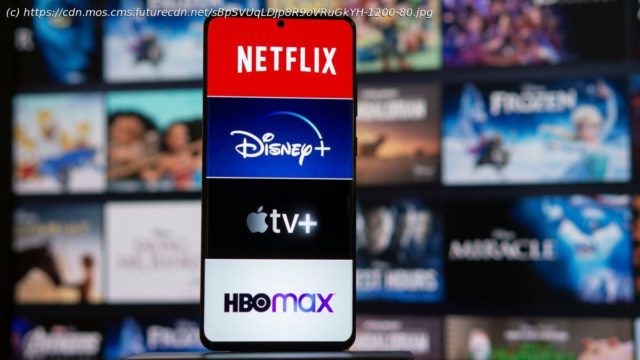The introduction of ad-supported subscription tiers has left streaming services between a rock and a hard place.
Year-end retrospectives are usually pretty boring for streaming services. “X service released this, X service released that,” and so on – in truth, there hasn’t been a real shake-up of the on-demand entertainment landscape since Disney Plus hit the market in 2019.
2022, though, proved a watershed year for streaming services and their parent companies in good, bad, and ugly ways. The likes of Netflix, Prime Video, and HBO Max have never been more culturally relevant, but a series of unexpected market movements and bold business decisions have also left the same platforms battling identity crises as 2023 looms.
Let’s start by addressing how streamers thrived. By and large, every major streamer enjoyed at least one headline-grabbing success in 2022. The biggest win came for Apple TV Plus, which became the first-ever streamer to produce a Best Picture-winning movie in CODA (much to the chagrin of Netflix, whose in-house films have now lost out on the honor seven times).
Elsewhere, Prime Video released its eye-wateringly expensive The Lord of the Rings spin-off series, The Rings of Power, struck yet more gold with The Boys’ third season and finally benefited from a much-needed user interface (UI) redesign. HBO Max hosted the record-breaking releases of Euphoria season 2 and House of the Dragon, while second seasons of Industry and The White Lotus reaffirmed parent broadcaster HBO’s talent for spawning prestige TV from scratch.
Disney Plus launched more Marvel movies and Star Wars TV shows than you can shake a stick at – earning millions of new subscribers in the process – and Netflix, bouncing back from its dramatic subscriber hemorrhage at the beginning of 2022, saw its latest season of Stranger Things deliver the year’s biggest pop culture moment (Kate Bush is still counting up those pennies).






